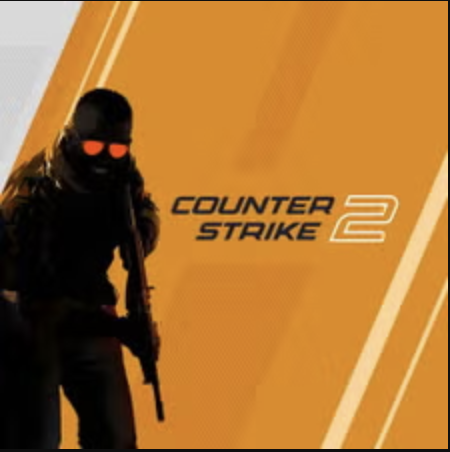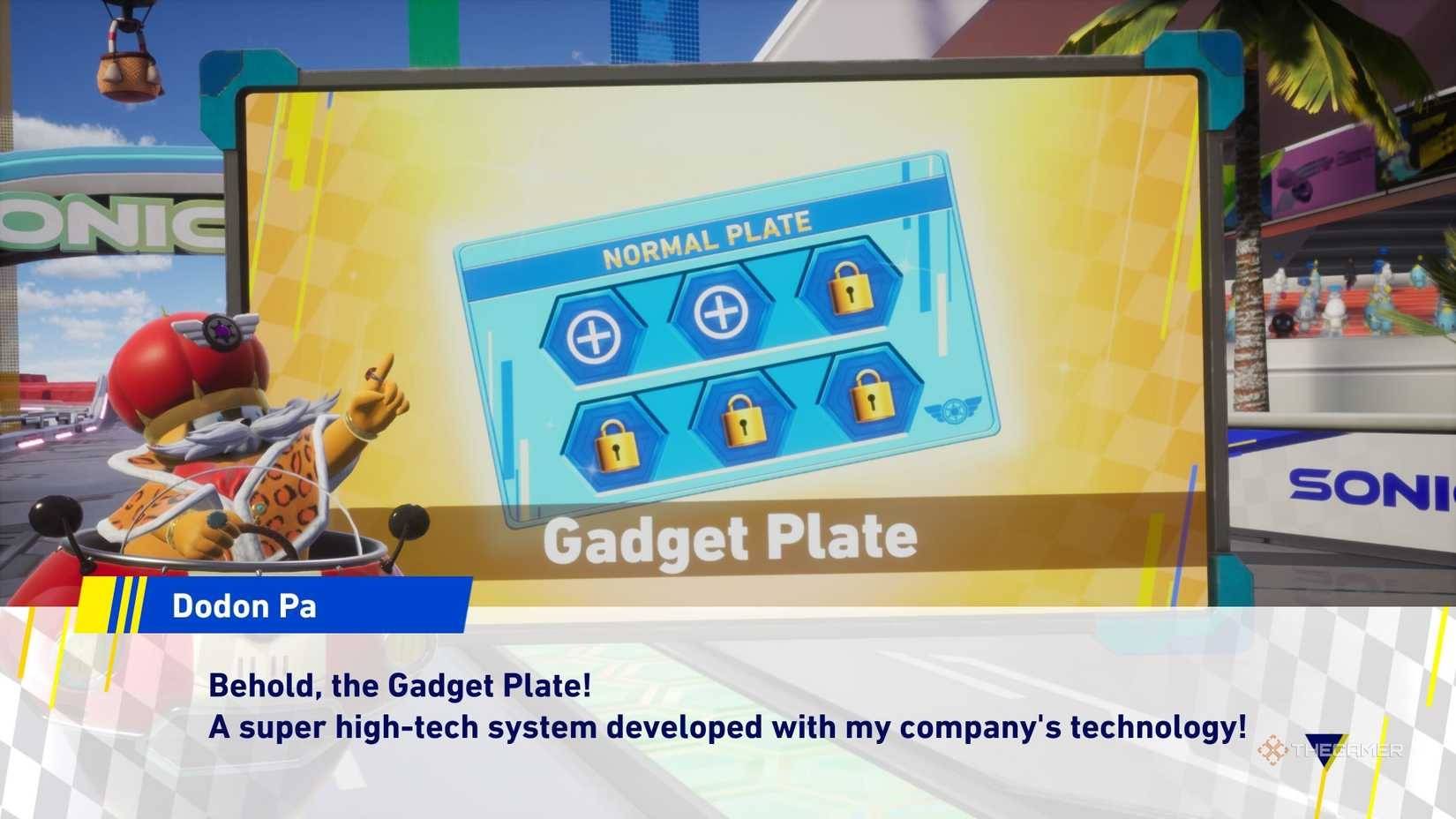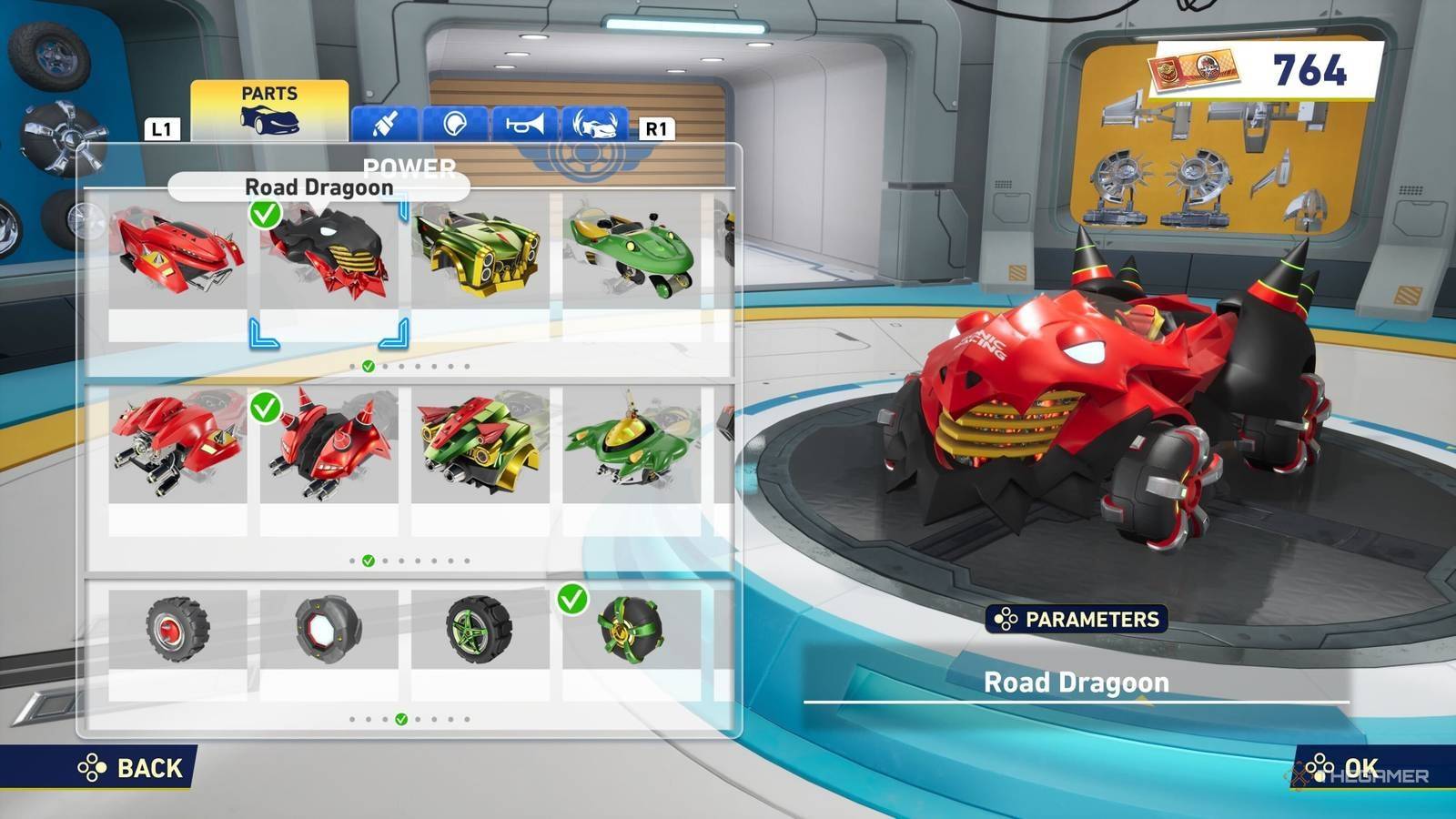Bumper Guard Gadget in Sonic Racing: CrossWorlds Makes Power Vehicles Obsolete
Popular Now
 League of Legends
League of Legends
 Among Us
Among Us
 Genshin Impact
Genshin Impact
 R.E.P.O
R.E.P.O
 Counter-Strike 2
Counter-Strike 2
 Minecraft
Minecraft
 Valorant
Valorant
 Grand Theft Auto V
Grand Theft Auto V
 Brawl Stars
Brawl Stars
 NBA 2K24
NBA 2K24
 As Sonic Racing: CrossWorlds races onto consoles, bringing with it a highly-praised blend of classic karting action and a new “CrossWorlds” mechanic, players are already deep-diving into the game’s intricate customization systems. While the title has been lauded for its depth and replayability, a peculiar design flaw has been identified by the community. A single gadget, known as the Bumper Guard, has been found to completely nullify the key advantage of one of the game’s five vehicle classes, the Power class, rendering a core element of the gameplay loop almost entirely useless. This imbalance is raising questions about the game’s long-term meta and the value of certain character and vehicle choices.
As Sonic Racing: CrossWorlds races onto consoles, bringing with it a highly-praised blend of classic karting action and a new “CrossWorlds” mechanic, players are already deep-diving into the game’s intricate customization systems. While the title has been lauded for its depth and replayability, a peculiar design flaw has been identified by the community. A single gadget, known as the Bumper Guard, has been found to completely nullify the key advantage of one of the game’s five vehicle classes, the Power class, rendering a core element of the gameplay loop almost entirely useless. This imbalance is raising questions about the game’s long-term meta and the value of certain character and vehicle choices.
The new Sonic Racing title introduces a robust system of “Gadgets,” which are equippable items that grant passive bonuses to a player’s vehicle. These gadgets can be combined in various ways to create unique builds, catering to different playstyles. There are five distinct vehicle types—Speed, Acceleration, Handling, Power, and the new Boost type for Extreme Gear hoverboards—each with its own set of strengths and weaknesses. The Power class, represented by heavy-duty vehicles, has one main benefit: the ability to bash into walls and other racers without losing rings. In Sonic Racing: CrossWorlds, rings are a crucial resource, as they directly contribute to your top speed, making the Power vehicle’s ability to maintain its ring count invaluable for players who struggle with cornering or get into frequent collisions.
The Gadget That Broke the Meta
Enter the Bumper Guard gadget. This item, which can be equipped by any character and any vehicle, grants the exact same benefit that the Power class is defined by: it prevents you from dropping rings when you collide with a wall or another racer. This seemingly minor gadget has a major impact on the game’s competitive landscape for a few key reasons:
- Redundant Power Class: If any vehicle can get the Power class’s main advantage by simply equipping a gadget, what is the point of a Power vehicle? Players can now choose a faster Speed vehicle or a more maneuverable Handling vehicle, and still benefit from the Power class’s core defensive ability. This makes the Power class, and the characters associated with it, almost entirely redundant in the current meta.
- Wasted Gadget Slot: While some might argue that the Bumper Guard uses up a valuable gadget slot, the Power vehicles themselves often have inferior base stats in other areas, such as speed or acceleration. Players can equip the Bumper Guard on a faster vehicle and still end up with a superior overall build, trading a single gadget slot for a significant performance boost in other crucial areas.
- Loss of Strategic Depth: The vehicle class system was designed to force players into making strategic choices. Do you prioritize speed and risk losing rings? Or do you pick a Power vehicle for its durability and sacrifice raw speed? The Bumper Guard eliminates this trade-off, simplifying the game’s depth and leading to a less diverse field of competitive builds.
The discovery of this gadget’s effectiveness has already started to impact the emerging Sonic Racing: CrossWorlds metagame. Early tier lists and strategy guides are already advising players to avoid Power vehicles entirely and instead use the Bumper Guard on a more agile or faster machine. The community’s quick adoption of this strategy highlights a fundamental balancing issue that could plague the game until a patch is released.
 The Ripple Effect on Development and Community Trust
The Ripple Effect on Development and Community Trust
This issue raises a larger question about the role of a game’s developers in balancing a complex system of classes, characters, and abilities. While a massive roster of over 70 gadgets is impressive, a lack of thorough playtesting can lead to one small item having an outsized and unintended impact on the entire game. For players, this can feel like a betrayal of the carefully constructed systems they were promised. The fun of a racing game lies in the diversity of its strategies, and when one particular build becomes the clear best option, it can lead to stagnation and a loss of enjoyment for many.
Sega and the development team will need to address this in a future update. Whether they choose to rebalance the Bumper Guard, buff the Power class vehicles in other ways, or rework the entire system, the community is watching closely. The enthusiasm for Sonic Racing: CrossWorlds is high, with many critics calling it the best Sonic racing game to date. However, even a critically acclaimed game can be brought down by a single, glaring imbalance. For now, players will continue to exploit this loophole in their pursuit of the top spot, but a fix is needed to ensure the game’s long-term health and the viability of its core mechanics.
Until then, Power vehicle enthusiasts are left to wonder why they should ever choose a character or vehicle designed for a single purpose when a small, equippable gadget can do the same job with none of the drawbacks.







